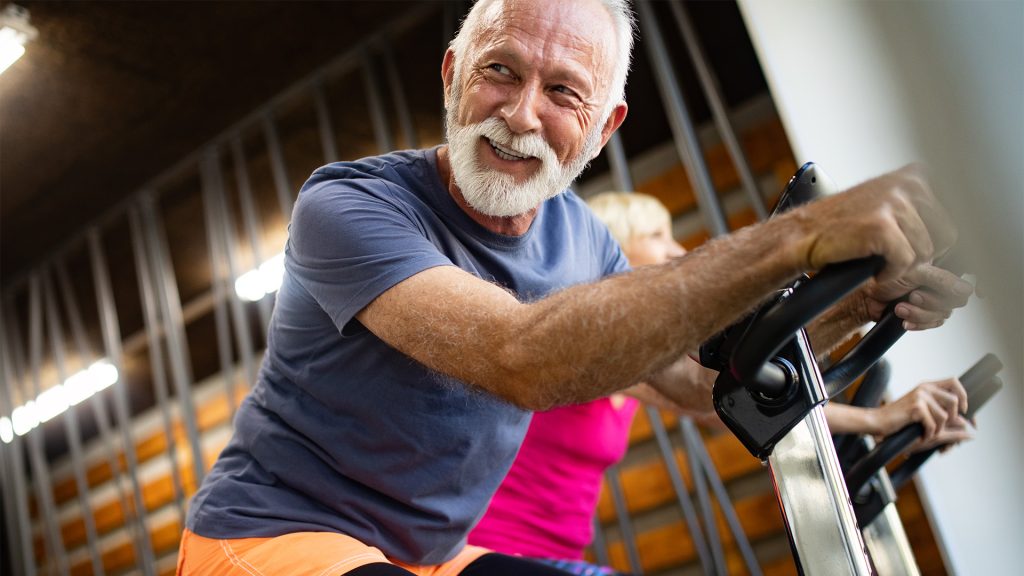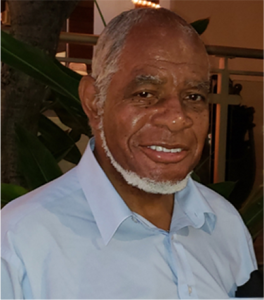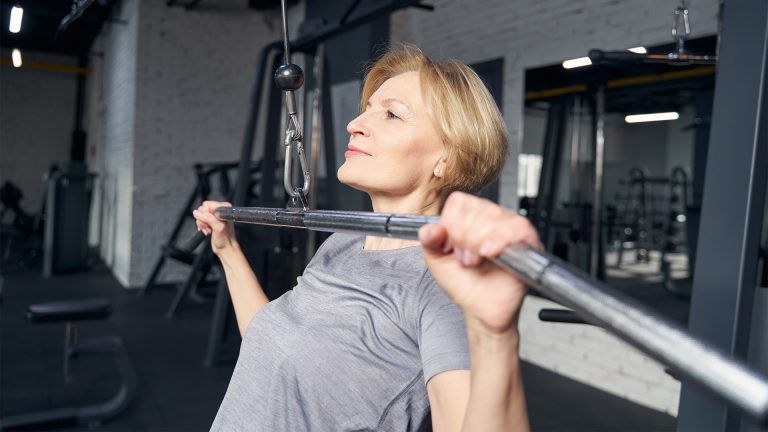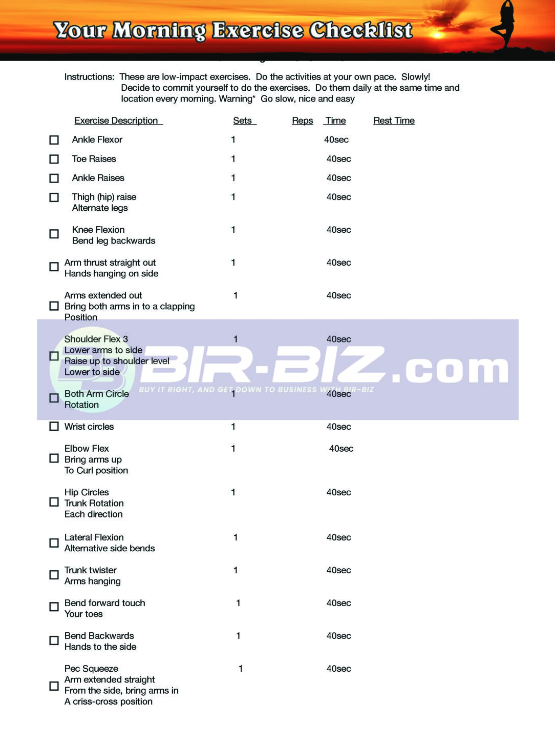After representing work, rest, cleaning, and other should-dos, the ordinary American has approximately five hours of available energy every day, according to the U.S. Communities for Disease Control and Prevention (CDC). So five hours of extra power on seven days every week leaves us with 35 hours absolute (plus or minus, contingent upon what else could throw your timetable for a circle) to put resources into anything we see fit.
The more our hours get consumed with watching television, the more symptomatic work-from-home obligations with extra Netflix gorges, counting up more TikTok time, or your Wordle fixation. But, the CDC says that notwithstanding every one of those “free” hours for relaxation, short of what, one out of four Americans gets enough vigorous and strength preparing exercises.
Because of this, 150 minutes of activity each week can sound overwhelming to those beginning at exercising. Analysts from the CDC and the National Cancer Institute decided on how much or how little exercise could improve us. Among people ages 40 to 85, only ten extra minutes of moderate to vigorous actual work each day would save 110,000 lives each year, as per a January 2022 report in the diary JAMA Internal Medicine. At an additional 20 minutes of every day, this detail almost duplicates (209,459 lives), and at an additional 30 minutes, the scientists accept it could forestall 272,297 passings each year.
Definition of Elderly
Before we begin with elderly exercising, let’s define the term “Elderly” and who is in the age group. After using the word “Elderly,” we will include individuals of the age of 55yrs plus.
Older adults are at the chronological age of 65 or older. For example, people from 65 to 74 years old are early elderly, while those over 75 are to as late Elderly.
History of Elderly Exercising
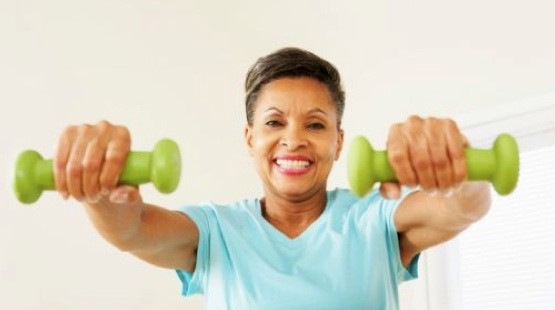
Archaeologists working in conjunction with medical anthropologists have established that our ancestors up through the beginning of the Industrial Revolution incorporated strenuous physical activity as a regular part of their daily lives – and not only for everyday subsistence requirements of their “work” lives.
Investigations of preindustrial societies still intact today confirm that physical capability was not just a grim necessity for success at gathering food and providing shelter and safety (Eaton, Shostak, Konner 1988).
Physical activity was enjoyed throughout everyday prehistoric life as an integral component of religious, social, and cultural expression. Mostly, food supplies were plentiful, allowing ample time for rest and recreational physical endeavors.
The exercise boom is not just a fad; it is a return to ‘natural’ activity – the kind for which our bodies are engineered and facilitates the proper function of our biochemistry and physiology. However, viewed from the perspective of evolutionary time, sedentary existence, possible for many people only during the last century, represents a transient, unnatural aberration. (Eaton, Shostak, Konner 1988, p. 168)
Why Exercise?
“We have realized that standard exercise is fundamental and has gigantic medical advantages,” Vanita Rahman, M.D., the facility head of the Barnard Medical Center at the Physicians Committee for Responsible Medicine, tells Healthline. “What is special about the review is that it shows us exactly how valuable exercise is by giving quantitative measures. Routine exercise helps each organ framework in our body. It lessens circulatory strain, glucose, and cholesterol levels. Exercise can help us rest better and work on our disposition, feeling of prosperity and personal satisfaction.”
The Plan of Action
Also, you don’t have to prepare for a 5K or take a Peloton class day by day to score some intense medical advantages. Indeed, numerous wellness masters guarantee that 30 minutes should be the absolute minimum.
“Individuals become so centered around requiring 30 minutes of development every day that they can’t devote an entire 30 under any circumstance (instead of separating it over for the day into 10-minute additions, for instance), they’ll wind up sitting idle.
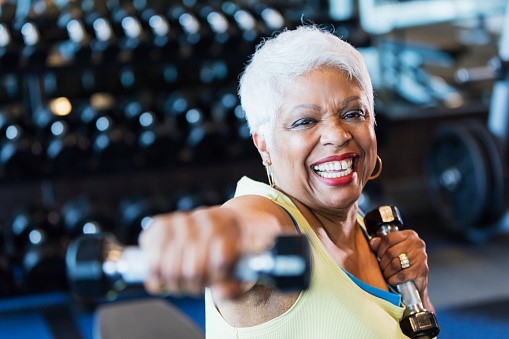
Think about it like you’re eating regimen or hydration. Since you don’t eat your five-a-day (as in soil products) or drink 91 ounces of water, it doesn’t mean you should call it quits, eat zero foods grown from the ground, and drink just pop or drink squeeze. Every piece draws you nearer to the “ideal,” Each progression makes it more straightforward to create and expand upon-the propensity. Valid, 10 minutes in a single day doesn’t appear to be a great deal. Yet, add that up throughout a year, and you’ll move your body almost 61, a more significant number of hours than if you utilized those 10 minutes to look through Instagram while sitting on the lounge chair.
Minor moves like using the stairwell rather than the lift, stopping farther from the entry at the grocery store, or attempting this speedy, gear-free home strength exercise can be incredible ways of adding at least one 10-minute chunk of development to your day. As well as bringing down the hazard of death, as we referenced, standard exercise shields the body from maturing related bone and muscle misfortune.
